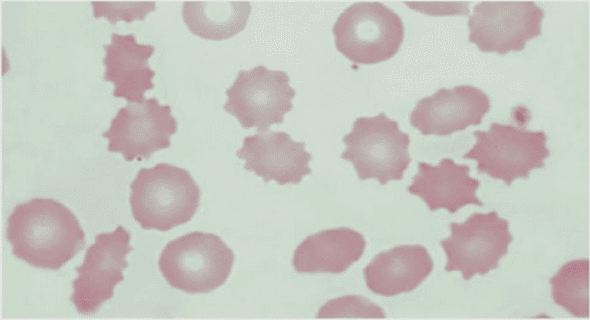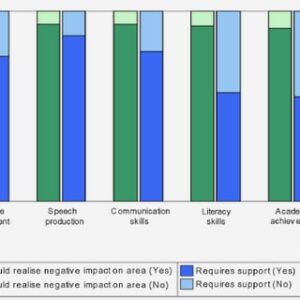(Downloads - 0)
For more info about our services contact : help@bestpfe.com
Table of contents
1 Introduction
1.1 Motivation
1.2 Underground hydrogen storage
1.3 State of the art (applications)
1.4 Recent related research projects
1.4.1 H2STORE
1.4.2 HyUnder
1.4.3 Hychico
1.4.4 ANGUS+
1.4.5 Underground Sun Storage
1.4.6 HyINTEGER
1.5 Outline of the thesis
2 Literature review
2.1 Hydrodynamics in UHS
2.1.1 Gas-water flow
2.1.2 Mixing in gas-gas displacement
2.2 Microbiology in UHS
2.2.1 Cell structure of archaea and bacteria
2.2.2 Cell duplication and metabolism
2.2.3 Microbial populations and growth
2.2.4 Relevant microbial species in UHS
2.2.5 Microbial transport and structures in porous media
2.3 Modeling of bio-reactive transport in porous media
2.3.1 Single-phase models for groundwater applications
2.3.2 Two-phase models for gas storage applications
2.3.3 Review of tools for (bio-)reactive transport modeling .
3 Analytical modeling of gravity-driven displacement
3.1 Case study description
3.2 Balance equations for compositional two-phase flow
3.3 Reduction to a canonical model
3.4 Initial and boundary conditions
3.5 Hugoniot conditions, stability conditions and continuity of fractional flow
3.6 Two-component flow
3.6.1 Structure of the generalized fractional flow function .
3.6.2 Graphical construction of the solution
3.6.3 Solution before reaching the barrier
3.6.4 Solution after reaching the barrier
3.6.5 Characteristic points of the solution
3.6.6 Solution after reaching the second barrier
3.6.7 Gas rising velocity and growth velocity of gas accumulations
3.6.8 Comparison with immiscible two-phase flow
3.7 Three-component flow
3.7.1 Thermodynamics of three-component mixtures
3.7.2 Canonical model for three-component flow
3.7.3 Structure of the solution
3.7.4 Solution of the problem before reaching the barrier
3.7.5 Moment of reaching the barrier
3.7.6 Evolution of the reverse wave under the barrier
3.8 Comparison to two-dimensional problem
3.8.1 Formulation of 2D problem
3.8.2 Numerical implementation
3.8.3 Equivalence between 2D flow around impermeable barriers and 1D flow through low-permeable barriers
3.9 Summary and conclusions
4 Mathematical model for bio-reactive two-phase transport
4.1 Physico-chemical processes
4.2 Bio-chemical processes
4.3 Review of models for microbial growth and decay
4.4 Coupling of processes
4.5 Transformation to dimensionless form
4.6 Parameters for microbial population dynamics
4.7 Summary and conclusions
5 Stability of the dynamic system
5.1 Reduction to a system of two ordinary differential equations .
5.2 Linear stability analysis
5.3 Turing conditions
5.4 Numerical simulations
5.4.1 Limit cycle behavior
5.4.2 Turing instability
5.5 Summary and conclusions
6 Numerical modeling of storage cycles
6.1 Numerical implementation
6.1.1 Spatial and temporal discretization
6.1.2 Iterative procedure
6.1.3 Adaptation of the governing equation system
6.1.4 Phase equilibrium and hydrodynamic parameters
6.1.5 Grid generation and rock parameters
6.1.6 Adjustments for heterogeneous corner-point grids
6.1.7 Storage initialization
6.1.8 Modeling of storage wells
6.1.8.1 Rate-controlled storage wells
6.1.8.2 Pressure-controlled storage wells
6.1.9 Operation schedule and time stepping
6.1.10 Material balance error
6.1.11 Post-processing and visualization
6.2 Case studies
6.2.1 Gas-water displacement in a 2D synthetic reservoir .
6.2.2 Storage scenario in a 2D synthetic reservoir
6.2.3 Storage scenario in a 3D realistic reservoir
6.3 Summary and conclusions
7 Conclusions
Bibliography


